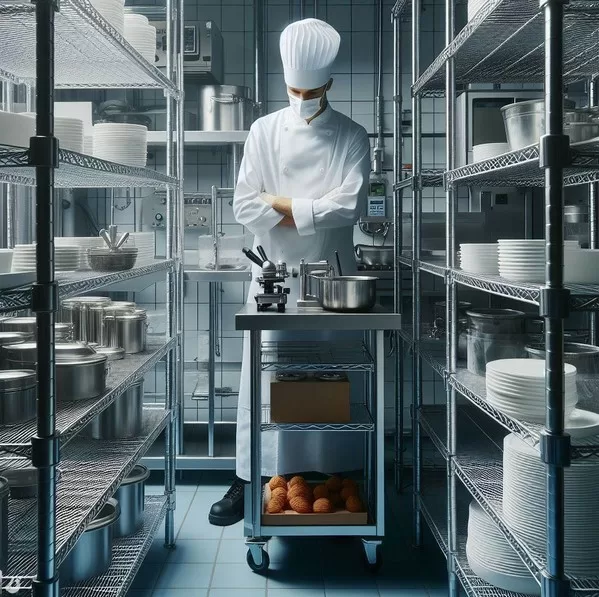As winter approaches, many households depend on their furnace more than ever, expecting it to provide uninterrupted comfort during the colder months. However, the increased usage can pose various safety risks if the furnace isn’t properly maintained or operated. Understanding and implementing furnace safety is crucial for everyone in the home.
This blog post will explore essential tips to ensure your home remains a sanctuary of warmth without compromising safety.
Schedule Regular Maintenance Checks
To keep your furnace in optimal condition, regular professional inspections are necessary. These checks help to spot issues before they develop into serious problems, ensuring that the system operates efficiently. It’s advisable to have your furnace inspected before the cold season begins.
During maintenance, a furnace repair technician will typically clean the system, change filters, check for leaks or blockages, and replace any parts showing wear and tear. Their expertise allows them to identify potential hazards that you might miss, like a small crack in the heat exchanger that could lead to carbon monoxide leaks. Regular maintenance not only enhances safety but also prolongs the life of your furnace.
Keep The Area Around Your Furnace Clear
A common safety hazard is clutter around the furnace, as items stored too close may catch fire. To prevent this, ensure there’s at least a three-foot clearance around the unit. This space allows your furnace to operate efficiently and is a precautionary measure against fire hazards. Avoid storing flammable materials such as paint, gasoline, or chemicals nearby.
Additionally, never hang clothes or fabrics to dry over the furnace. Ensuring this area is clean and tidy reduces the risk of accidental fires and helps keep pathways clear for maintenance work.
Install Carbon Monoxide Detectors
Furnaces, especially gas-operated ones, can produce carbon monoxide (CO)—an odorless, colorless gas that can be fatal upon high exposure. To protect your household, install carbon monoxide detectors on every level of your home, especially near sleeping areas. Test the alarms regularly and replace their batteries as necessary.
If the alarm signals high levels of CO, evacuate your home immediately and contact emergency services. Regular furnace inspections also contribute to preventing CO production by ensuring there are no leaks.
Educate Household Members
All adults in your home should know the basics of furnace safety and the location of gas shut-off valves. In an emergency, it’s vital to act quickly. Having a discussion about potential furnace hazards, what warning signs to look for (such as the smell of gas), and steps to take in an emergency can make a significant difference in preventing a disaster.
If you smell gas, it’s crucial to avoid anything that could trigger a spark, including using light switches, and to evacuate immediately.
Check The Ventilation System
Proper ventilation is crucial for furnace safety. Blocked or leaky vents can lead to a dangerous buildup of gasses, including carbon monoxide. Regularly inspect your furnace’s ventilation system, and make sure outdoor exhaust vents are clear of debris, snow, or ice. A professional can help assess your ventilation system and correct issues that might not be obvious, like internal blockages or damage.
Conclusion
Furnace safety is a critical aspect of maintaining a secure and warm home, especially during the cold months. By scheduling regular maintenance checks with a professional furnace repair technician, keeping the furnace area clear, installing CO detectors, educating your household, and monitoring your ventilation system, you can significantly mitigate the risks associated with furnace usage.
Proactive measures and awareness don’t just safeguard your home; they provide peace of mind, knowing your sanctuary is safe and warm. As winter beckons, let’s embrace these safety practices for a cozy, hazard-free season.











